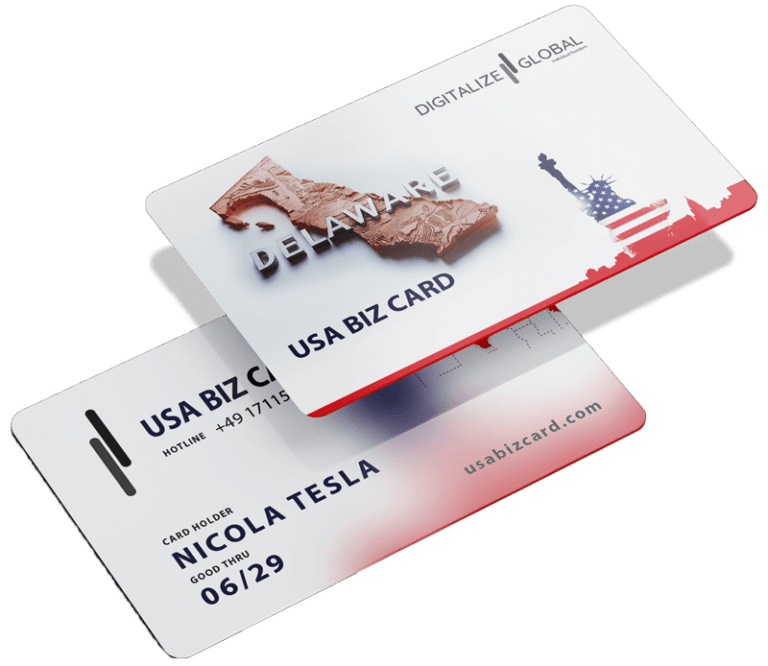Registered trademark
A brand or trademark is a legally protected sign that a company or person uses to identify their goods or services and to distinguish them from competing products. It serves as a distinguishing feature and proof of origin for consumers.
Main types of trademarks that can be registered:
Figurative mark (logo/symbol):
- A figurative mark must be registered for a company logo or symbol.
- The application is made with a pictorial representation of the logo/symbol.
Word mark (wording/company name):
- A word mark must be registered for the company name or lettering.
- The application is made for the exact wording of the company name.
Companies often have to apply for and register both - logo and company name - separately as a figurative and word mark in order to obtain full trademark protection for their brand identity.
It is perfectly possible to register only one of the two types of trademark (image or word). However, many companies register both separately, as this provides the most comprehensive protection.
It is also important to note that a separate application must be filed with the USPTO for each individual category of goods/class of services for which trademark protection is desired. The Costs increase accordingly for each additional class.
Costs of a trademark registration
The cost of registering a trademark with the USPTO, if the application is filed electronically using the TEAS Plus form, is 250 $ per class of goods. In addition, there may be legal fees of between 600 $ and 3,000 $, trademark search fees (approximately 500 $) and design/illustration fees (approximately 500 $). Renewal fees between the 5th and 6th and 9th and 10th year and every 10 years thereafter also apply.
Functions of a brand
Brands fulfill several important functions: Firstly, the labeling and distinguishing function to differentiate products from different manufacturers. Secondly, the proof of origin and quality assurance function, so that consumers can recognize the origin and expected quality. Thirdly, the advertising function, in that Brands facilitate marketing and customer loyalty.
Trademark registration and legal protection
To obtain the legal benefits of a registered trademark, it must be applied for and registered with the US Patent and Trademark Office (USPTO). A registered trademark gives the owner exclusive nationwide rights to use the trademark for the specified products/services and legal protection against trademark infringement by third parties.
A trademark that is registered with the US Patent and Trademark Office (USPTO) is protected at the federal level in the United States. However, the protection does not automatically apply worldwide.
Here are the details:
Nationwide protection in the USA
A trademark registered with the USPTO gives the owner exclusive rights to use that mark throughout the United States. Other parties are legally prevented from using the same or a similar mark for related products/services.
No automatic worldwide protection
Trademark protection is territorially limited and does not extend to automatically to other countries. In order to obtain trademark rights in other countries, a separate application must be made there in accordance with the respective national laws.
Possibilities of international trademark protection
However, there are ways to protect trademarks across national borders:
- Madrid system: Central international registration possible in several countries
- European Union: EU trademark for uniform protection in all EU member states
- Bilateral/multilateral agreements between countries
Importance of national first protection
In most cases, however, national trademark protection in the home country through registration is the basic prerequisite. The US registration therefore often forms the basis before protection is extended to other markets.
Using the ® symbol
Registered trademarks may be marked with the ® symbol. This indicates that the mark is registered with the USPTO and warns against unlawful use. Unregistered marks may use ™ for trademarks or SM for service marks.
Validity and maintenance
The validity of a registered trademark must be maintained through timely renewal applications and fee payments as well as ongoing legitimate use. Otherwise, the trademark registration may lose its validity.
Trademarks are an integral part of a company's identity and industrial property rights. A nationwide trademark registration offers important legal advantages and security for trademark owners.
Conclusion
While a trademark registration with the USPTO does not grant automatic worldwide protection, it does grant exclusive rights within the United States at the federal level. Additional applications in the respective countries or through international systems are required for international trademark protection.










